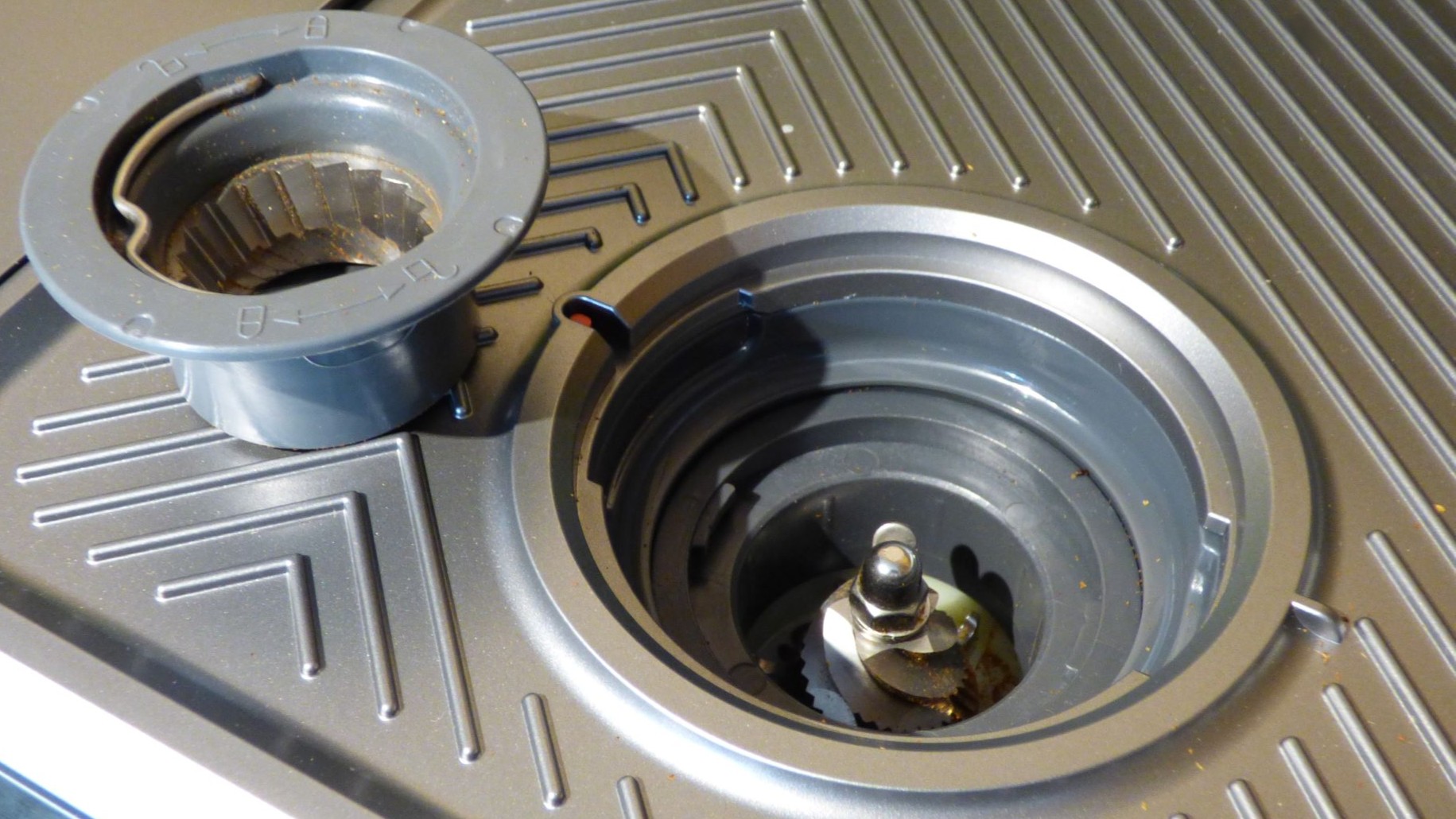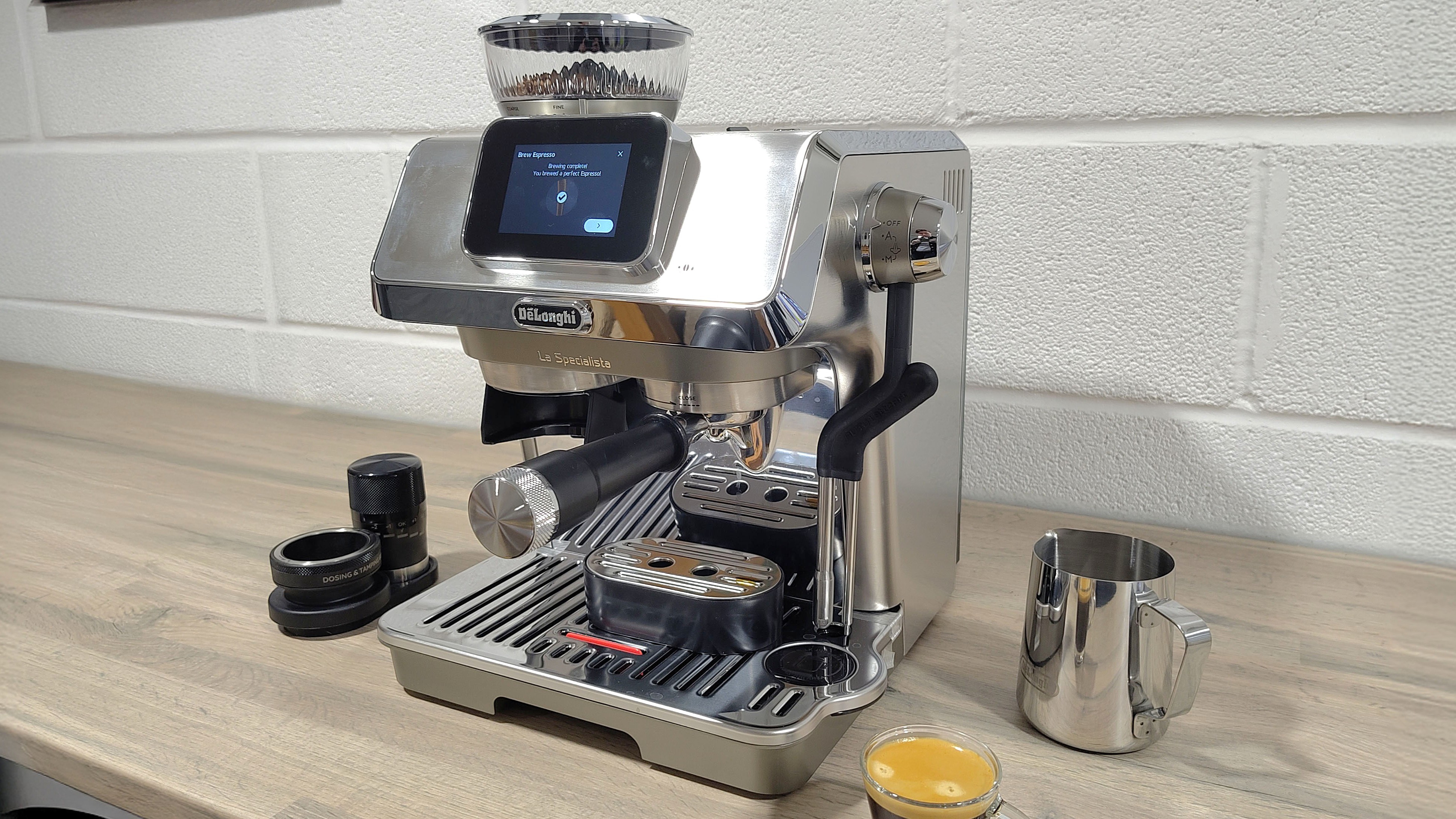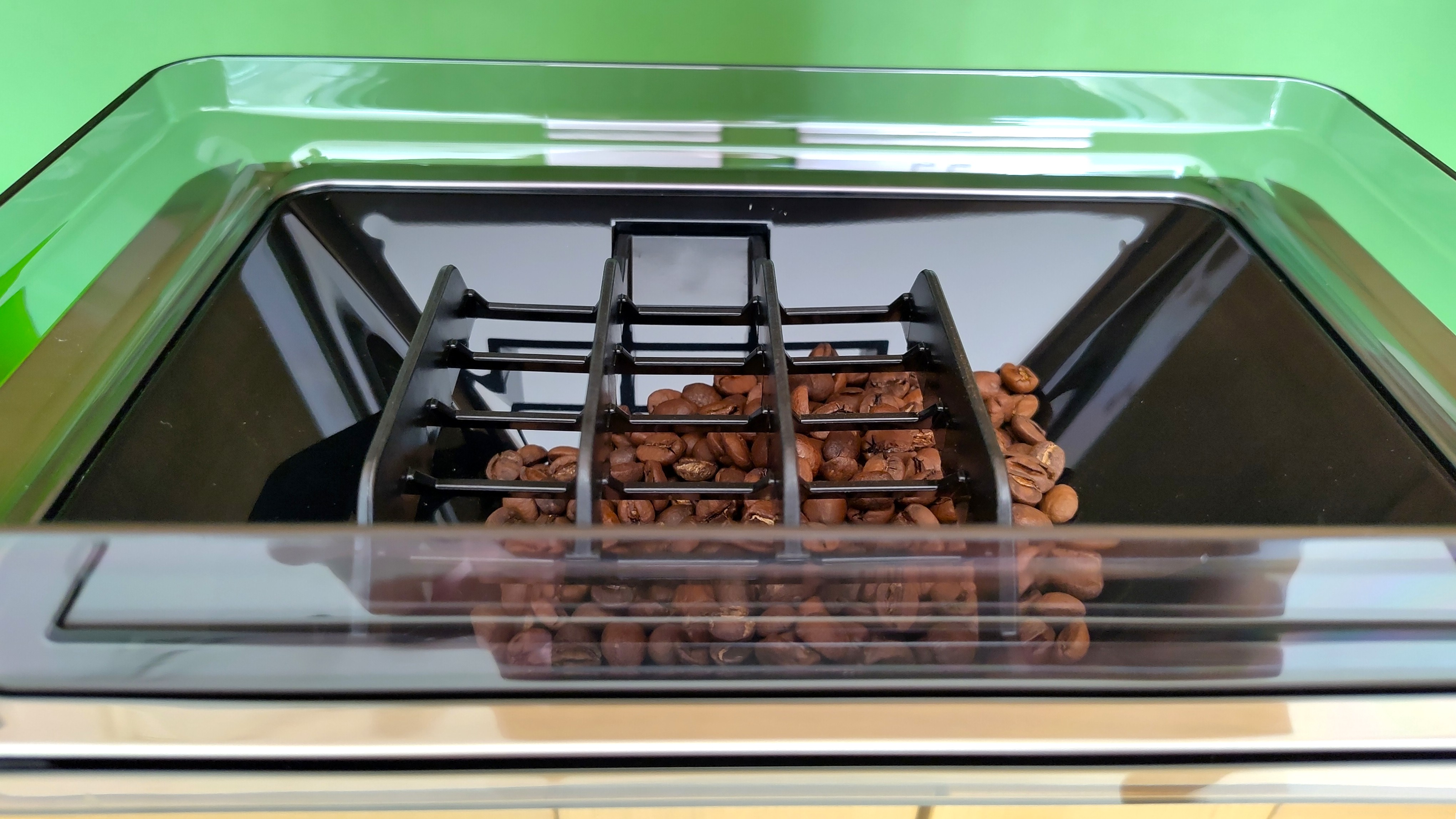It’s my job to test coffee makers here at TechRadar, and I take it so seriously that I trained as a barista so that I can bring you the best advice when you’re choosing a machine for your own kitchen.
I’ve tested some of the best espresso machines from big brands including De’Longhi, Jura, Breville, and Gaggia, and during that time I’ve got a pretty good feel for the factors that will make the biggest difference when you’re brewing coffee at home.
Here I’ve picked the five things that matter most to me, and which I think you should bear in mind when researching your next big purchase. Most of this advice applies to bean-to-cup coffee makers, but there are some considerations (such as boiler type) that also apply to fully manual machines.
There are some factors you won’t have a lot of choice over. For example, the overwhelming majority of bean-to-cup coffee machines use thermoblock heating systems. These are a good choice for making drinks at home because they heat quickly and accurately, but they don’t allow you to brew coffee and steam milk simultaneously – the Breville Dual Boiler Espresso Machine is a rare exception.
Of course, coffee is very personal, and you’ll also have your own checklist of requirements when picking a machine for your home. For example, you might want an espresso machine that’s capable of making cold-brew coffee, or one with an automatic milk frother. Which factors matter most to you? Let us know in the comments.

1. A quality grinder
If you’re considering buying a bean-to-cup machine that has a coffee grinder built in, there are some important factors to consider.
First of all, Even if your coffee machine’s grinder isn’t great, it’s better than buying coffee pre-ground. Coffee beans start to lose their aroma within minutes of grinding, so preparing them yourself is always the best option. That’s because exposure to air causes coffee to degrade, and ground coffee has a much larger surface area to volume ratio than whole beans, so it loses its aromas much faster.
When you’re looking at grinders, there should be one word in mind: consistency. You want all your coffee ground to the same-size particles, and that’s down to the burrs. Pretty much all home espresso machines have stainless steel burrs, which tend to get hotter than ceramic, and become blunt faster, but since you’re only grinding a small amount of coffee at a time, that’s not likely to be a problem.
However, ceramic burrs are generally better for consistency at small grind sizes, which is what you want for espresso, so if you can find a home coffee machine with ceramic burrs, it’s well worth investigating.
Pretty much all bean-to-cup espresso machines will let you adjust the grind size manually, even if they make suggestions or can do it automatically. You can usually do this using a dial on the side of the machine, or by rotating the bean hopper. Look for a machine that gives you fine control over the grind size; a small adjustment can be the difference between a shot of sour, over-extracted espresso and a perfectly balanced, sweet-tasting shot.
If you’re choosing a bean-to-cup coffee machine, also check to see how easy is is to disassemble the grinder for cleaning. Over time, oils and debris from your coffee beans will build up on the burrs, which can affect its performance and the taste of your coffee (nobody wants rancid oil in their freshly ground coffee).
It might seem obvious that you should be able to take the grinder apart for thorough cleaning, but it’s not always possible. Some coffee makers will come with instructions suggesting you should just give the top of the grinder a brush, but that’s not enough for me. I want to get it properly clean.

2. A water filter (or the ability to fit one)
Coffee is mostly water, so a filter to remove impurities that can affect the taste of your drink is always welcome. You don’t want to remove all the minerals (distilled water prevents the sensors that detect the level of the water in the tank from working properly, and can make the coffee taste flat) but there’s a happy medium.
Most of the espresso machines I’ve tested recently let you fit a water filter inside the tank. They’re easy to attach, and either push or screw into place. However, the machine doesn’t always come with one provided, which is a shame since some of them can cost half a month’s salary. They can be expensive to buy separately, so take a look at how much they cost when picking a machine that uses them.
If your tap water is extremely hard, it’s worth considering installing a filter under the sink, or using a jug with a filter to fill your coffee machine – and however hard it is, make sure to run the machine’s descaling program regularly.

3. Proper cleaning functions
I’ve already mentioned cleaning the grinder, but I want to be able to clean the whole machine properly too – and that’s not always easy.
After testing a coffee maker, I always run the full gamut of cleaning programs so it’s as close to mint condition as possible, and it’s interesting to see how much variety there is. Commercial espresso machines have a backwash function, which involves putting a cleaning tablet or a scoop of powder in a blank basket (with no holes), fitting it in the portafilter handle, and then running a cycle to thoroughly clean all residue from the brewing group.
It get things truly clean, but so far I’ve only seen a couple of home espresso machines with a backwash cycle. It’s something you should ideally use at the end of every day (much more often than descaling) but the majority of home espresso machines just make do with rinsing the brew group with hot water. The Sage Barista Touch Impress with Cold Extraction is a notable exception, coming with a blank basket plus a full array of cleaning products. Full marks, Sage.
Another feature I appreciate is the ability to purge all water from the machine by draining the circuit and evaporating water from the boiler. It makes the machine safe to store or transport, and I’ve seen it on a couple of bean-to-cup espresso makers, but not many.

4. Good looks – and practicality
Call me shallow, but I’m not going to pretend that aesthetics don’t matter when I’m choosing an espresso machine. We’re not talking about a blender that’s going to be tucked away in a cupboard – your coffee machine is going to be on the counter at all times, and it might be the first thing people see when they come in to your kitchen.
That doesn’t necessarily mean it has to be a heavy piece of brushed stainless steel. Some of the best bean-to-cup coffee machines I’ve tested have a case that’s made mostly from plastic, and that’s perfectly fine as long as you can’t tell.
The De’Longhi La Specialista Touch, for example, is mostly plastic on the outside, but it looks just like brushed metal and attracted a lot of admiring glances when I was using it in TechRadar’s test kitchen. What it doesn’t attract is fingerprints, which is excellent.
I have a small kitchen, so I also tend to look for coffee machines with a relatively small footprint, and which aren’t too tall. I’ve sometimes struggled to use particularly large bean-to-cup coffee machines because I can’t get beans into the hopper without pulling the machine out from underneath my cupboards.
Water tanks on the back of the machine are another bugbear, because they’re hard to access unless you keep your coffee maker on an island. Give me a tank that sits on the side of the machine (like the Jura J10) or slides out of the front (like the De’Longhi Primadonna Aromatic) any day.

5. Parts, servicing, and warranty
A coffee machine is a big investment, so it’s well worth considering what the after-sales service is like before taking the plunge. This is one of the reasons why it’s a good idea to consider one of the bigger brands, as they’re more likely to have good customer support.
For example, if you pick a DeLonghi coffee machine, you’ll benefit from a minimum guarantee of two years, and servicing at licensed repair centers using original parts. If your machine is outside its guarantee period, the company can still inspect and repair it for a fee, and it even supports coffee makers over nine years old.
Jura offers a 25-month warranty when you buy one of its machines from an authorized dealer, and the company can carry out repairs, or you can buy spare parts if you want to replace something yourself.






